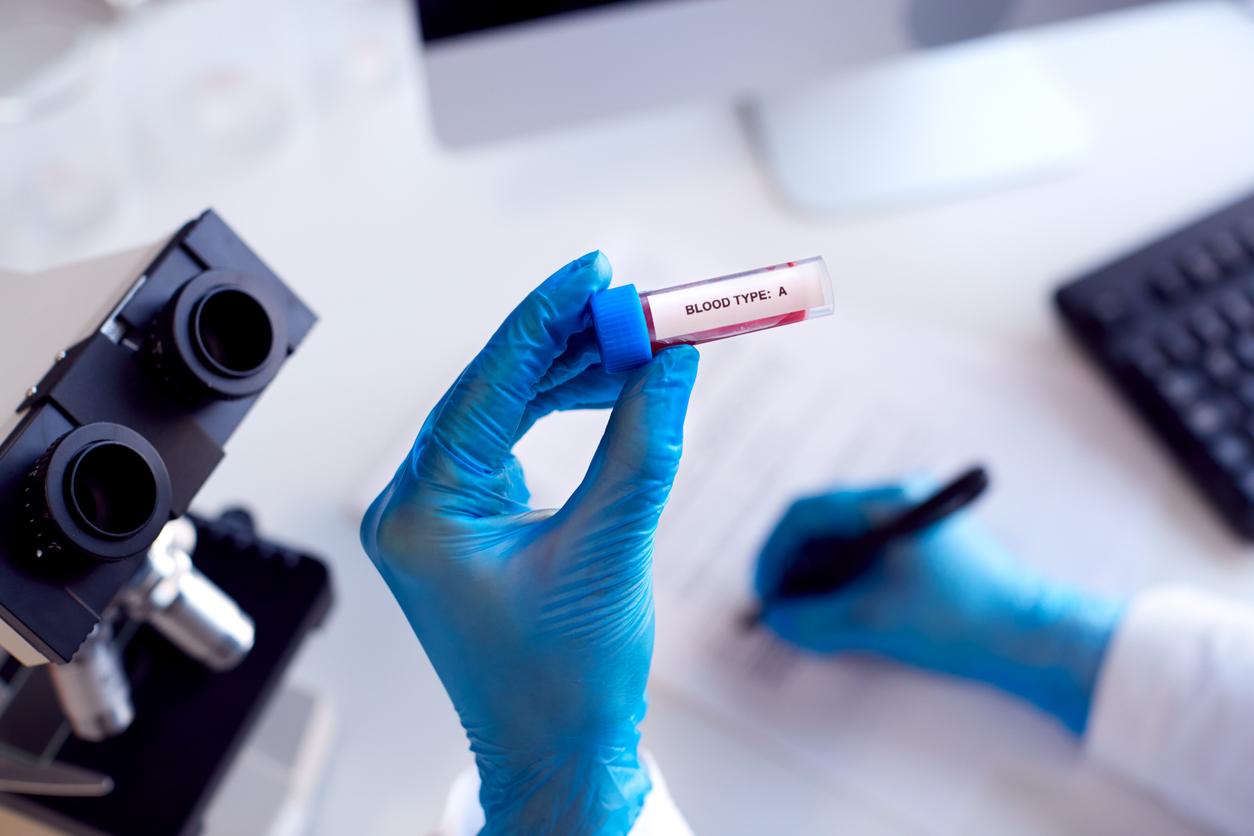On paper, the idea is noble and even rather courageous. We have been talking about it for twenty years without ever doing it: restructuring the French hospital fabric to adapt it to the needs of the region and to better structure the supply of care.
This principle, enshrined in the Health Law, came into force on 1er July with the regional hospital groups (GHT). A “big bang”, warns Eric Favereau, in Release, since it is a question of melting the 1,100 hospitals of the territory into 200 GHT.
“Making hospitals work in networks, and above all coordinating the activities of each other, between large general hospitals and small local hospitals, is a necessity”, confirms to the journalist a former director of hospitals.
Behind the ambitious reform – streamlining patient care pathways – there is, of course, the need to find sources of savings. The time is no longer for development but for consolidation.
How to explain in fact that small structures persist when the activity is insufficient to meet the requirements of safety of care or that there is an increase in neurology services in the city when geriatric structures are sorely lacking?
The influence of the local deputy to maintain the quavering activity of her maternity, the suffocating weight of the decisions taken in the ministerial cabinets explain this headlong rush.
But with the GHTs, the irrational management of the hospital is over. Anyway, on paper. To get to the bottom of it, the Liberation journalist walked around this France of reality, that of the field. “The best rubs shoulders with the bureaucratic,” he summarizes after his report.
Example in Valenciennes where several hospitals have recruitment difficulties. “We have been working on a medical project for two years,” explains Philippe Jahan, director of the Valenciennes hospital. This grouping will make it possible to strengthen the services of the small health establishments of the territory which have difficulty in recruiting, ”he adds.
Another story in Cantal. There, the small hospitals were already working in a network with the CHU Clermont-Ferrand. The establishment of the GHT has suddenly changed the situation. “It’s absurd, points out Stéphane, from Ciss (1). For the patients, this is not without consequence: the transport time to go to the CHU will not be more than one hour. [Clermont-Ferrand]but two hours [Saint-Etienne] ! “.
For this patient representative, this health decision is inconsistent, it would even be the result of political pressure.
We are a long way from the goal sought by the GHTs!
(1) Inter-associative collective of healthcare users














